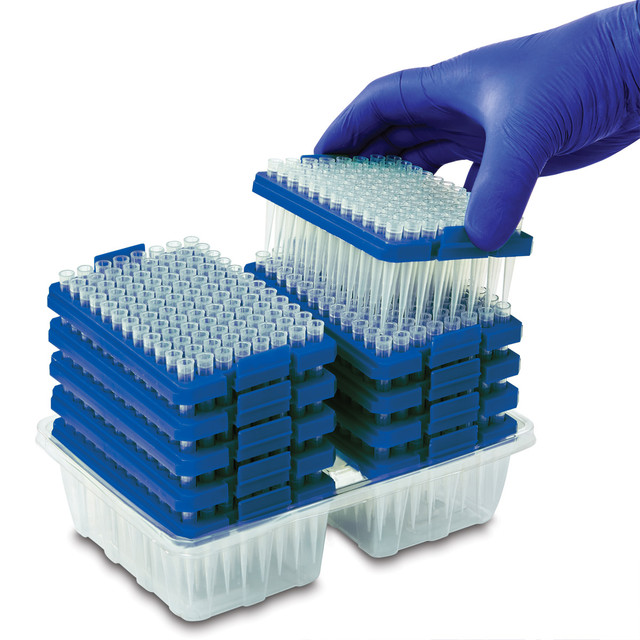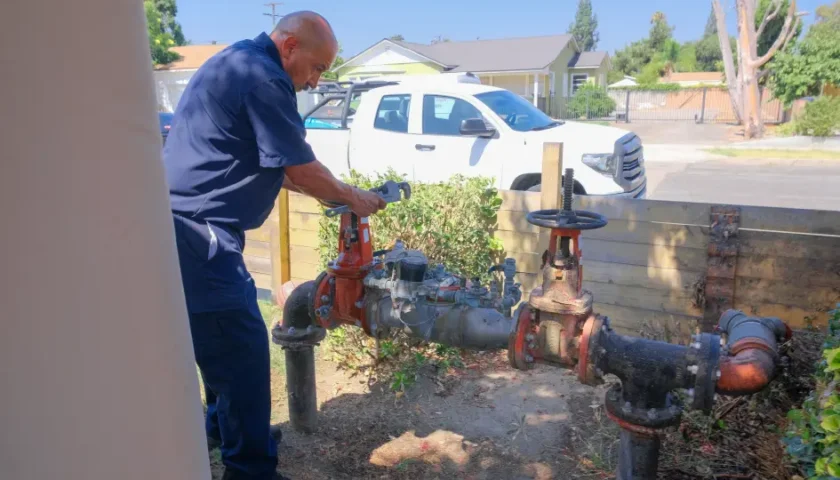Table of Contents
ToggleAccuracy and precision are critical in the field of laboratory work. Results may be greatly impacted by even the slightest variable; therefore, paying close attention to detail is essential. One such element that can significantly impact results but is frequently overlooked is the type of pipette tips used. In this blog post, we will look at the functions, applications, and how to choose the best low retention filter tips for your specific needs.
What are Low-Retention Filter Tips?
Low-retention pipette filter tips are specialized pipette tips designed to minimize sample retention within the tip. Sample retention occurs when liquid adheres to the inner surface of the pipette tip, leading to inaccuracies in volume transfer during pipetting. These tips typically feature a hydrophobic surface and a filter barrier that prevents liquids from contaminating the pipette. By reducing sample retention, low-retention filter tips ensure precise and accurate liquid transfers, which are crucial for various laboratory applications.
How Do Low Retention Filter Tips Work?
The effectiveness of low retention filter tips lies in their unique design. These tips are typically made from materials like polypropylene or polyethylene, which exhibit low surface energy, making them inherently hydrophobic. Additionally, they feature a filter barrier, usually made from porous materials like polyethylene or PTFE (polytetrafluoroethylene), situated at the tip’s opening. This filter acts as a barrier, preventing liquid from entering the pipette while still allowing air to escape during pipetting.
When a liquid is aspirated into the pipette tip, the hydrophobic surface repels the liquid, minimizing its interaction with the tip’s inner walls. Any liquid that does come into contact with the walls is unable to adhere efficiently, leading to minimal retention. As the liquid is dispensed, the filter barrier prevents it from contaminating the pipette, ensuring accurate volume transfer with each dispense.
Applications of Low-Retention Filter Tips
Low retention filter tips are versatile tools that find applications across a wide range of scientific disciplines. Their ability to minimize sample retention and prevent cross-contamination makes them invaluable for various laboratory tasks. Here are some key applications of low-retention filter tips:
- PCR (Polymerase Chain Reaction): PCR is a fundamental technique in molecular biology used for amplifying DNA sequences. Precise volume transfer is crucial for PCR to ensure accurate results and prevent cross-contamination between samples. Low-retention filter tips minimize sample adhesion to the tip’s inner walls, reducing the risk of carryover contamination and improving the reliability of PCR assays.
- Protein and Enzyme Assays: Protein and enzyme assays require precise pipetting of reagents to obtain reliable data. Low retention filter tips help minimize sample loss due to adhesion to the tip, ensuring accurate measurement of small volumes. This is particularly important for sensitive assays where even slight variations in volume can affect assay results.
- Cell Culture Work: Maintaining the integrity of cell cultures is essential for cell biology research and drug discovery. Low-retention pipette tips reduce sample adhesion, minimizing cell loss during pipetting and ensuring consistent cell culture conditions. This is particularly beneficial when working with small volumes of cells or expensive cell lines where maximizing cell recovery is critical.
- Liquid Handling in Drug Discovery: High-throughput screening assays used in drug discovery require precise and reproducible liquid handling to generate reliable results. Low retention filter tips facilitate accurate dispensing of small volumes of compounds, reducing sample waste and improving assay efficiency. By minimizing sample retention and cross-contamination, these tips help maintain assay integrity and data quality in drug discovery workflows.
- Biobanking and Sample Storage: Low-retention filter tips are also valuable for biobanking and sample storage applications where maintaining sample integrity is paramount. By minimizing sample retention and cross-contamination, these tips help preserve the quality of stored samples, ensuring their suitability for downstream analysis and long-term storage.
Choosing the Right Low-Retention Filter Tips
Selecting the appropriate low-retention filter tips for your specific application is crucial for obtaining reliable results. Consider the following factors when choosing:
- Compatibility: Ensure that the tips are compatible with your pipette model to prevent issues such as leakage or improper sealing.
- Sample type: Some low retention filter tips are designed for specific sample types, such as aqueous solutions, viscous liquids, or volatile solvents. Choose tips that are compatible with the samples you’ll be handling.
- Volume range: Low-retention pipette tips come in various volume capacities. Select tips that match the volume range required for your experiments to ensure accurate pipetting.
- Quality: Invest in high-quality tips from reputable manufacturers to minimize the risk of contamination and ensure consistent performance.
Best Practices for Using Low-Retention Filter Tips
To maximize the effectiveness of low-retention pipette filter, follow these best practices:
- Pre-wet the tip: Before pipetting, pre-wet the tip with the liquid being transferred to improve accuracy and reduce sample loss.
- Use proper pipetting techniques: Employ correct pipetting techniques, such as maintaining a steady hand and dispensing at a consistent speed, to ensure accurate volume transfer.
- Avoid touching the inner walls: Minimize contact between the sample and the tip’s inner walls to reduce sample retention.
- Replace tips regularly: Replace tips after each use to prevent cross-contamination and ensure accurate results.
Future developments and challenges
As technology continues to advance, the field of low retention filter tips is poised for further innovation. Researchers are constantly exploring new materials and manufacturing techniques to enhance the anti-retention properties of filter tips and improve their performance in demanding applications. However, challenges such as scalability, cost-effectiveness, and environmental sustainability remain areas of concern that require attention. Addressing these challenges will be crucial in driving the adoption of these filter tips across a broader range of laboratory settings.
Conclusion
Low retention filter tips play a vital role in ensuring the accuracy and reliability of laboratory experiments. By minimizing sample retention and preventing contamination, these specialized consumables enable researchers to achieve precise measurements and reproducible results. As technology continues to evolve, advancements in low-retention filter tip design and manufacturing will further enhance their utility and expand their applications. By understanding the function and application of low-retention pipette filter tips, scientists can optimize their experimental workflows and advance scientific discovery.




